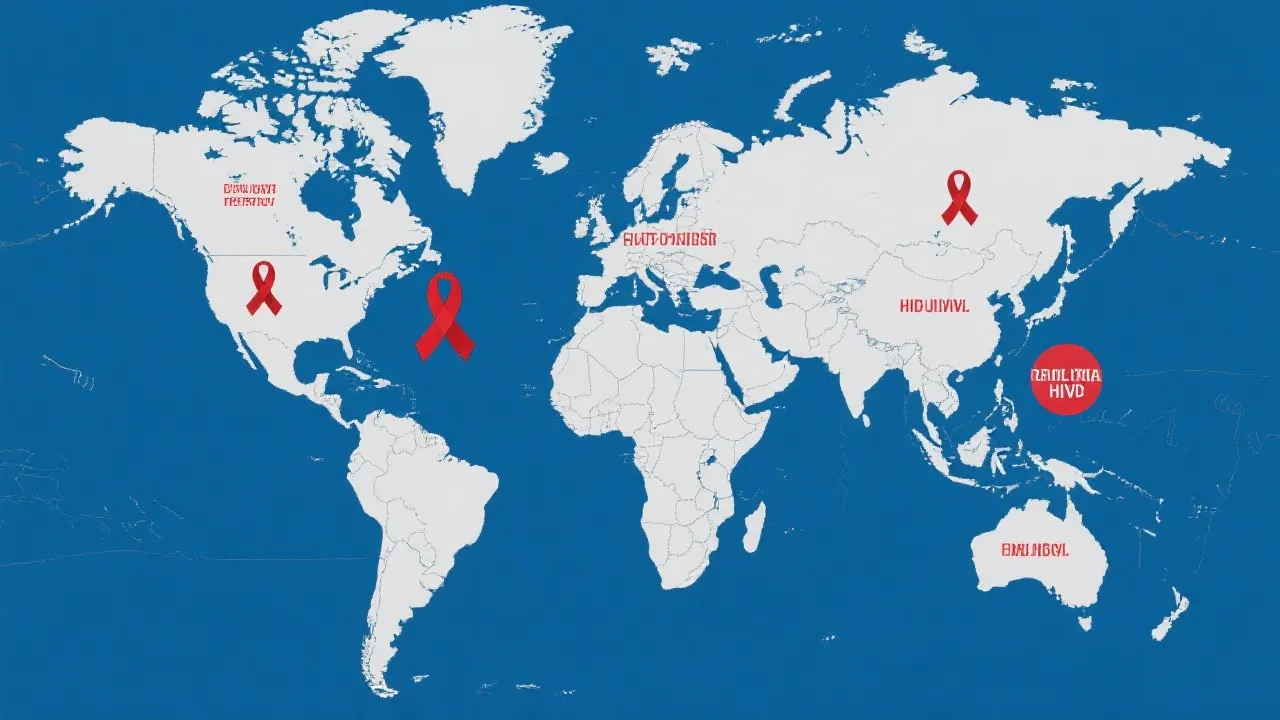Cyp2e1's Role in NAFLD
This article delves into the intricate relationship between the Cyp2e1 enzyme and Non-Alcoholic Fatty Liver Disease (NAFLD). Cyp2e1, a member of the cytochrome P450 family, is primarily involved in the metabolism of various substrates, impacting liver health. The focus is on how its overexpression can lead to oxidative stress, exacerbating conditions like NAFLD, highlighting the importance of understanding this interaction for potential therapeutic avenues.

Understanding Cyp2e1 and NAFLD
In the realm of hepatology, the enzyme Cyp2e1 holds a pivotal position due to its profound impact on the liver's health, particularly concerning Non-Alcoholic Fatty Liver Disease (NAFLD). Cyp2e1 is a vital component of the cytochrome P450 family, primarily responsible for the metabolism of a diverse array of substrates. This enzyme is crucial in processing xenobiotics—substances foreign to the body—as well as endogenous compounds, those substances produced within the body such as hormones and neurotransmitters.
NAFLD represents a spectrum of liver conditions, ranging from benign fat accumulation in the liver to severe inflammation and fibrosis. Its growing prevalence worldwide has made it a significant public health concern, particularly in obesity, diabetes, and metabolic syndrome contexts. Understanding the mechanisms by which Cyp2e1 influences liver pathophysiology can illuminate potential pathways for therapeutic intervention.
The Role of Cyp2e1 in Liver Health
The liver, as an essential organ in detoxifying the blood, relies heavily on enzymes like Cyp2e1 to perform its functions effectively. This enzyme is involved in the metabolism of various drugs, alcohol, and other chemicals, facilitating their breakdown and elimination from the body. Nonetheless, overexpression of Cyp2e1 can have detrimental effects, leading to the production of reactive oxygen species (ROS). These ROS contribute to oxidative stress, which damages cellular structures, lipids, proteins, and DNA.
This oxidative stress plays a significant role in the pathogenesis of NAFLD. It is well documented that excessive fat accumulation in liver cells can activate the Cyp2e1 pathway, which, in turn, enhances the metabolic burden on hepatocytes (liver cells), thus leading to a vicious cycle of inflammation and damage. When the liver is overwhelmed with free fatty acids and other substrates, the normal detoxification process becomes dysregulated, contributing further to the progression of NAFLD.
NAFLD: A Growing Concern
NAFLD is characterized by the accumulation of fat in liver cells in individuals who do not consume significant amounts of alcohol. The disease’s prevalence has increased dramatically in recent decades, correlating with rising obesity rates and sedentary lifestyles. Understanding the molecular mechanisms underpinning NAFLD is crucial for developing effective therapeutic strategies, and Cyp2e1 is intricately involved in these processes.
The clinical implications of NAFLD range severely, as the condition may progress to Non-Alcoholic Steatohepatitis (NASH), cirrhosis, and even hepatocellular carcinoma (HCC), the most common form of liver cancer. The increasing burden of NAFLD necessitates a thorough understanding of its pathophysiological mechanisms and the role of enzymes like Cyp2e1 in both disease initiation and progression.
Cyp2e1-NAFLD Interaction
The interaction between Cyp2e1 and NAFLD is a complex relationship marked by a vicious cycle. Fatty liver conditions exacerbate Cyp2e1 expression, leading to increased ROS production and further liver damage. When the liver accumulates excess fat, there is a marked increase in the oxidative stress situation, as the ability of hepatocytes to handle the excessive fatty acids becomes increasingly compromised. As oxidative stress escalates, it can result in hepatocyte apoptosis (cell death) and inflammation, paving the way for fibrosis and scarring of the liver.
This cycle underscores the importance of modulating Cyp2e1 activity as a potential therapeutic target in managing NAFLD. Studies suggest that interventions aimed at reducing Cyp2e1 levels or activity could mitigate some of the harmful effects associated with increased oxidative stress in liver disease. Furthermore, the development of lifestyle changes and pharmacological treatments that could influence this cycle offers promising avenues for research and clinical application.
Research Insights
Recent studies have illuminated the pathways through which Cyp2e1 contributes to NAFLD. For instance, it has been observed that certain dietary factors, particularly high levels of fructose and saturated fat, can modulate Cyp2e1 activity. High-fructose diets have been associated with enhanced hepatic fat accumulation, while the incorporation of healthy fats, such as omega-3 fatty acids, may inhibit Cyp2e1 activity and reduce liver fat.
Insulin resistance is another significant factor that influences Cyp2e1 activity. Chronic insulin resistance, often associated with obesity and type 2 diabetes, has been shown to upregulate Cyp2e1 expression, thereby increasing oxidative stress and promoting liver injury. Clinical research indicates that improved insulin sensitivity through lifestyle modifications or pharmacotherapy can lead to a reduction in Cyp2e1 levels and subsequently improve liver health.
Furthermore, the heightened oxidative stress resulting from Cyp2e1 overactivity in NAFLD can potentially be combated using antioxidant strategies. Several antioxidants such as vitamin E, silymarin, and glutathione are being investigated for their ability to reduce oxidative damage in the liver and improve outcomes for individuals with NAFLD.
Table 1 below provides a succinct comparison of some key factors in the Cyp2e1-NAFLD interaction:
| Factor | Cyp2e1 Interaction | NAFLD Outcome |
|---|---|---|
| Diet | Influences enzyme expression | Can exacerbate liver fat accumulation |
| Insulin Resistance | Augments enzyme activity | Contributes to disease progression |
| Oxidative Stress | Enzyme-induced escalation | Leads to cellular damage |
Therapeutic Considerations
The modulation of Cyp2e1 activity presents a promising approach for NAFLD treatment. Antioxidant therapies, lifestyle changes, and dietary modifications are potential strategies to mitigate the enzyme's overactivity. Interventions such as weight loss have shown promising results. Research indicates that even a modest weight loss of 5-10% of body weight can significantly improve liver conditions and decrease Cyp2e1 activity. Combining weight management with dietary adjustments to reduce saturated fats and sugars can further amplify these benefits.
Moreover, the exploration into pharmacological interventions targeting Cyp2e1 is ongoing. Several compounds that inhibit Cyp2e1 activity have been identified, and studies are underway to assess their efficacy in treating liver conditions associated with oxidative stress. Pharmacological inhibitors of Cyp2e1 could prove beneficial by decreasing ROS production, thereby protecting hepatocytes from damage and reversing the progression of NAFLD.
In addition to pharmacological and dietary interventions, the role of exercise cannot be overstated in managing NAFLD. Physical activity has been associated with decreased liver fat and improved insulin sensitivity, leading to a reduction in Cyp2e1 activity. Thus, establishing an active lifestyle can be a cornerstone in the multifaceted approach to managing NAFLD.
FAQs
What is the primary function of Cyp2e1?
Cyp2e1 is primarily involved in the metabolism of various endogenous and exogenous substances, playing a crucial role in detoxifying processes in the liver.
How does Cyp2e1 affect NAFLD?
Cyp2e1 contributes to oxidative stress by producing reactive oxygen species, which exacerbates liver damage in NAFLD.
Can Cyp2e1 be a therapeutic target?
Yes, modulating Cyp2e1 activity through antioxidants, lifestyle changes, and pharmacological interventions offers potential therapeutic avenues for NAFLD.
Conclusion
The exploration into the Cyp2e1-NAFLD dynamic provides critical insights that underscore the importance of this enzyme in liver health. As research advances, understanding the molecular pathways and therapeutic potentials surrounding Cyp2e1 will be paramount in effectively managing and potentially reversing the course of NAFLD. Continued efforts in clinical and preclinical research will further elucidate the role of Cyp2e1, offering hope for innovative treatment strategies and improved patient outcomes.
Future Research Directions
To deepen our comprehension of Cyp2e1's role in NAFLD, future research endeavors should focus on several key areas. Interdisciplinary studies integrating genomics, proteomics, and metabolomics can unveil the multifaceted nature of Cyp2e1 interactions at the molecular level. By utilizing advanced technologies, researchers can identify novel biomarkers associated with Cyp2e1 activity, facilitating individualized therapeutic approaches for patients suffering from NAFLD.
Furthermore, longitudinal studies are vital for determining how changes in Cyp2e1 expression correlate with NAFLD progression and treatment outcomes. Assessing the effects of lifestyle interventions over extended periods can provide insights into the sustainability of medical therapies in reducing Cyp2e1 activity and improving liver health.
Emerging studies also emphasize the potential role of gut microbiota in modulating the Cyp2e1 pathway. The complex interplay between diet, gut health, and liver function could reveal new targets for therapeutic intervention, as shifts in gut bacteria may influence hepatic inflammation and oxidative stress through mechanisms involving Cyp2e1.
As research continues to evolve, it is crucial for scientists to collaborate across disciplines, pooling resources and expertise to tackle the complex challenges posed by NAFLD and its association with Cyp2e1. Through collective efforts, we can enhance our understanding of liver pathophysiology and catalyze the development of novel therapeutic approaches designed to combat NAFLD with precision and efficacy.





